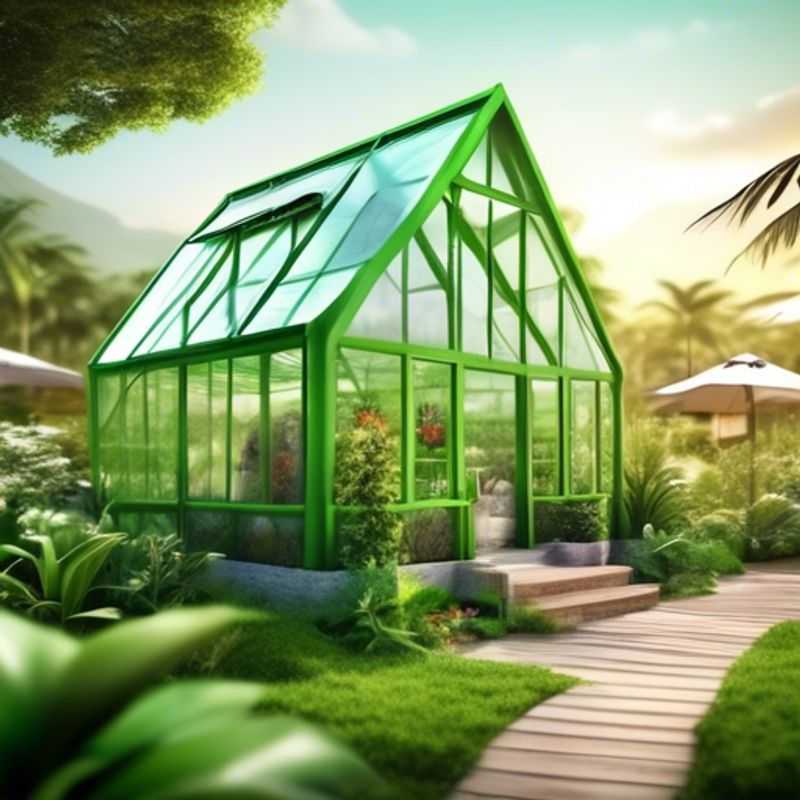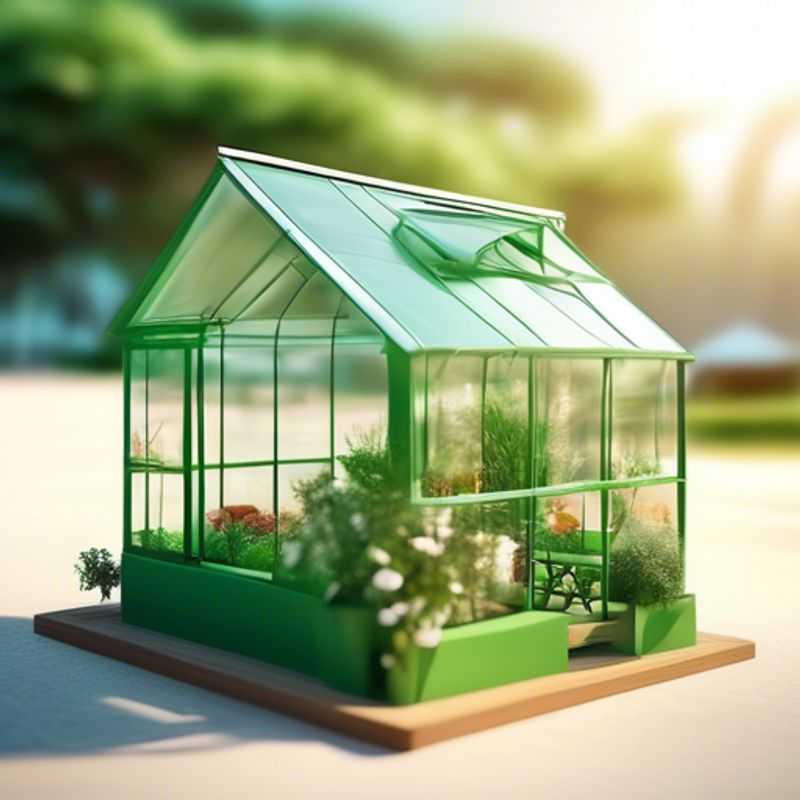Top 3 Things to Know Before Buying a Mini Greenhouse

Size and Space Requirements: How Big is Your Mini Greenhouse?
Climate and Growing Conditions: What Can You Grow in Your Mini Greenhouse?
Materials and Construction Quality: Is It Built to Last?
Hey there, fellow plant enthusiasts!

Mini Greenhouse Sizing: Finding the Perfect Fit for Your Plants
Planning a mini greenhouse can be exciting, but first, you need to understand the size and space requirements. It's all about finding the perfect fit for your needs and your space.
First, consider the plants you want to grow. Some plants need more space than others. Tall, leafy plants will require more vertical space. And if you want to grow vegetables, make sure there's enough room for them to spread out.
Think about your location. Will your greenhouse be indoors or outdoors? An indoor greenhouse might be smaller than an outdoor one. Also, factor in the space needed for the greenhouse itself, plus any walkways around it.
Don't forget about the budget! Mini greenhouses come in different sizes and materials, impacting the price. Make sure you have a budget in mind and factor in additional costs like soil, pots, and tools.
Remember, a well-planned mini greenhouse will help you grow beautiful plants and enjoy your green thumb all year round!

Mini Greenhouse Climate & Growing Conditions: What You Need to Know
Researching the climate and growing conditions suitable for your mini-greenhouse is crucial for successful plant cultivation. Consider the following:
Location: Choose a spot with ample sunlight, preferably facing south. You can also use a light source like a grow lamp if natural sunlight is limited.
Temperature: Most plants thrive in temperatures between 65-75°F (18-24°C). A mini-greenhouse can help regulate temperature, but you may need supplemental heating or cooling depending on your climate.
Humidity: Plants require different levels of humidity. A mini-greenhouse can trap moisture, but you may need to increase humidity with misting or a humidifier, or decrease it with ventilation.
Ventilation: Adequate airflow is vital for healthy plant growth. Ensure your mini-greenhouse has proper ventilation to prevent mold, mildew, and pests.
Soil: Choose a well-draining potting mix appropriate for your plants. Consider using a soil testing kit to determine pH and nutrient levels.
Water: Plants require different watering needs. Monitor the soil moisture and water as needed, avoiding overwatering or underwatering.
Light: Plants need specific amounts of light for photosynthesis. Determine the light requirements of your plants and ensure they receive adequate sunlight or grow lamp exposure.
Pests and Diseases: Monitor your plants regularly for pests and diseases. Take preventative measures like using a pest control solution or organic methods like diatomaceous earth.
Climate Zone: Understanding your climate zone will help you choose plants that thrive in your specific region. Consider factors like average temperatures, rainfall, and growing seasons.
Monitoring: Regularly monitor the temperature, humidity, and soil moisture inside your mini-greenhouse to ensure optimal growing conditions.

Building a Mini Greenhouse: Choosing the Right Materials for Longevity
When choosing a mini greenhouse, consider the materials and construction quality for long-term performance and durability.
Durable materials like polycarbonate or glass offer better insulation and light transmission. Sturdy frames made of aluminum or steel ensure stability against wind and weather.
Look for features like ventilation and automatic temperature control for optimal growing conditions. Consider the size based on your space and gardening needs.
Investing in high-quality materials may seem expensive upfront, but it pays off in the long run with improved plant growth and reduced maintenance.
